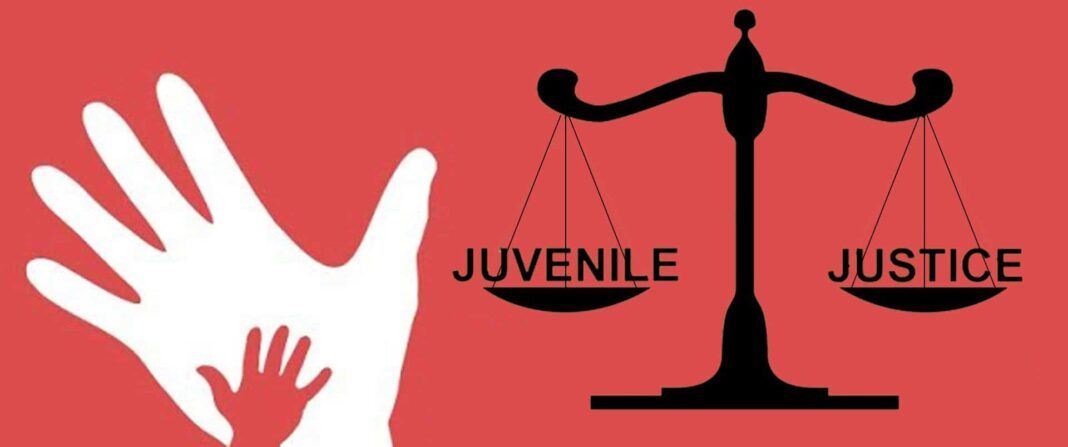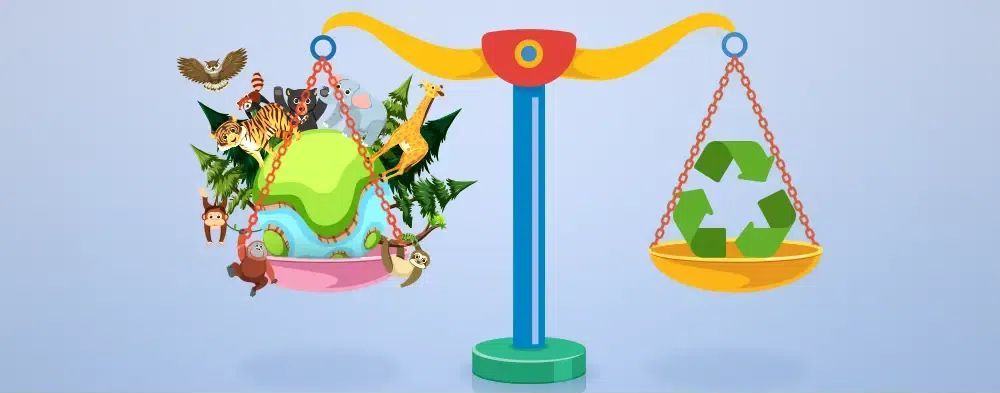Author- Akanksha Jamre a student at Prestige Institute of Management and Research
Introduction
India is a land of diverse cultures. Every part of India has different customs and traditions, whether it is north, south, east, or west. In India, the caste system divides people into various hierarchical systems. The division is determined by family lineage and their occupation. This social division is very rigid, containing strict rules and regulations that everyone has to follow, and those who don’t follow them are outcast from society. Similarly, some social norms are set by the society for girls and boys, that a person of a particular caste can only marry a person of that same caste and if anyone dares to disobey these rules, strict actions are being taken by the society including their death! BR Ambedkar and Raja Ram Mohan Roy are some of the famous reformers who encouraged Inter caste marriages in India. Caste is not determined by birth, just like religion. In India, people are not allowed to marry or even love a person of a different caste or religion.
Historical background
In India it is widely accepted that Hindu marriage is a sacrament and it is also one of the main ten Sanskaras. In ancient period elders of family were the only persons who decided the partner for their child upon considering the Gotra, Blood relationship, caste and religion of the family. Young people were not allowed to choose their life partner and decision taken by the elders was binding on them whether they like it or not. The elders at that time had a view that children are not capable to find a right life partner for themselves. Child marriage was a trend at that time. Parents conducted marriage of their children at a tender age so that they can not marry according to their choice in future or can marry to a different caste person.
In Vedic age inter caste marriages were normal. There were 2 kinds of marriages present during that time first one is Anulome marriage and other is Pratiloma marriage. Anulome marriage means when a male of a superior caste marries a female of an inferior caste for eg: a Brahaman marries a Shudra girl. Pratiloma marriage means a superior caste female marries an inferior caste male. For eg: marriage between a Shudra boy and a Kshatriya girl.
In later period, the prohibition was extended and people disapproved Inter Caste Marriages.
Inter caste Marriage
It means marriage outside one’s own caste or marriage of a male and female belonging to different castes. Earlier Inter caste marriages were seen as breach of customs and honour. According to changing nature of society, inter caste marriages are encouraged by government authorities. It is also used as a weapon against dowry system demanded by the groom’s family from bride’s family.
Legal Provisions
1.Hindu Marriage act of 1955-
This act supported Inter caste marriages in India. Section 5 of this act allows individuals of different castes to marry.
2.Special Marriage act of 1954-
This act allows individuals of different castes and religion to marry under this act without converting to other religion or renouncing their social background.
3.Scheduled Castes and Scheduled Tribes (Prevention of Atrocities) Act of 1989-
It provides protection to those who enters into Inter caste marriage.
4.The Marriage Laws (Amendment) Act, 2010-
This act provides protection for Inter caste marriage by resolving issues like maintenance and inheritance rights for spouses and their children.
Social And Cultural Dynamic
1.Acceptance by society-
Despite so many changes and introducing legal provisions for encouraging Inter caste marriage, couples still faced opposition from their families and community. Their customs traditional beliefs was a barrier to Inter caste marriage In Urban areas, Inter caste marriages are supported by the general public, young generations also showed acceptance to it.
2.Challenges-
- Family opposition- One of the primary hurdle for couples is their family opposition, which can lead to social boycott or even violence.
- Violence and threat- Some couples face threats, violence and intimidation from extremist groups.
- Legal Hurdles- Despite legal protection couples face legal hurdles in registering their marriage and ensuring their rights.
Schemes By Government
Numerous Indian governments have implemented inter-caste marriage programs that provide a number of advantages with the goal of fostering equality, fostering social integration, and supporting couples from diverse castes. Here is a detailed analysis of these programs’ advantages, broken down into several important categories.
1. Financial Support
- Monetary Assistance-Benefit: Under most schemes, intercaste spouses receive a one-time cash reward
- Impact: This financial assistance assists couples in covering the preliminary expenditures of marriage, including venue fees, ceremonies, and paperwork.
2. Legal and Administrative Support
- Ease of Legal Procedures-Benefit: Under the Special Marriage Act of 1954, schemes make it easier for marriages to be legally registered.
- Impact: Makes marriage registration easier while guaranteeing that the union is accepted by law and that the couple gets the advantages
3.Documentation Assistance-
- Benefit: Plans frequently offer assistance with document preparation and submission in the form of guidelines.
- Impact: Assists couples in completing necessary paperwork and navigating bureaucratic procedures.
4. Promotion of Equality and Social Justice
- Encouraging Social Integration-Benefit: By transcending caste divisions, programs foster societal harmony and integration.
- Impact: Encourages an egalitarian atmosphere and aids in the progressive disintegration of the caste system.
Case Law
Madhuri and Vikram were a couple who faced a haunting consequence of Inter caste marriage that is death. Madhuri was 22year aged innocent girl belonging to Dalit caste and Vikram was aged 25 years belonging to a Rajput family. They met through a mutual friend and fell in love with each other. They decided to marry in a civil ceremony, against their family’s choice and traditional caste customs. They got married in a private ceremony in 2018. They faced strong disapproval from their families. They also faced threats and harassment from their families and from community also. They also reported to police regarding the threats but the situation continued to deteriorate. On 8th February 2018, they were attacked by Vikram’s family members they were abducted from their house, they were beaten and stabbed by them which led to their deaths. Their dead bodies were found in a remote area. Police investigated and arrested the assailants. It gained attention of media and due to which many human rights activists and general people opposed this heinous behaviour of Vikram’s family.
Conclusion
In India, Inter caste marriages are social reform and inclusion initiatives rather than just intimate unions. These unions upend long-standing caste divisions, advance equality, and present a picture of a society that is more equitable. State-sponsored programs offer crucial support, such as monetary aid and official recognition, to assist couples in navigating the challenges of their relationships.
Notwithstanding the advancements these programs signify, Inter caste couples frequently encounter obstacles like social stigma and resistance from family members. To get over these challenges, it is imperative that these couples make use of all the tools at their disposal, such as community assistance and legal protections.
In the long run, nevertheless, Inter caste marriages can promote acceptance and dissolve caste barriers, which can lead to long-term societal transformation. Educating people, enacting laws that support them, and raising awareness are all essential to creating a future in which caste no longer determines a person’s value or prospects.
Through comprehension of the advantages and difficulties associated with Inter caste unions, people and groups can collaborate to establish a more just and inclusive society. Let’s accept these unions as markers of our progress as we go forward and cooperate to guarantee that everyone is allowed to marry without being restricted by caste.
Further Reading-
The Caste System in India: A Historical and Contemporary Overview
Social Justice and Empowerment in India
The Impact of Inter-Caste Marriages on Indian Society
FAQ
1. Inter cast marriage is legal in India?
Inter caste marriage is legal in India and even protected by Hindu Marriage Act, 1955 and Special Marriage Act, 1956. They ensure that couples can get married without converting to other religion or renouncing their social background.
2.What is the significance of Inter caste marriage in India?
Inter caste weddings are important because they constitute a step toward social equality and the removal of traditional caste restrictions. They support social integration and fairness while opposing discrimination based on caste.
3. What rights do couples from different castes have legally?
The same legal privileges as married couples apply to Inter caste couples. This covers the rights to property, inheritance, and legal defence. The Scheduled Castes and Scheduled Tribes (Prevention of Atrocities) Act, 1989, among other legal provisions, safeguards them against discrimination on the basis of caste.
4. Does India offer any financial incentives for marriages across different castes?
Incentives for marriages between members of different castes are provided by numerous states. States differ in terms of the amount and specifics, but generally speaking, these programs offer one-time subsidies to assist with the cost of marriage.
As an illustration:
Bihar: The Inter-Caste Marriage Incentive Scheme offers ₹50,000.
Haryana: ₹1,00,000 through the Financial Assistance Scheme for Inter-Caste Marriage.
Delhi: The Inter-Caste Marriage Incentive Scheme offers ₹2,50,000.





